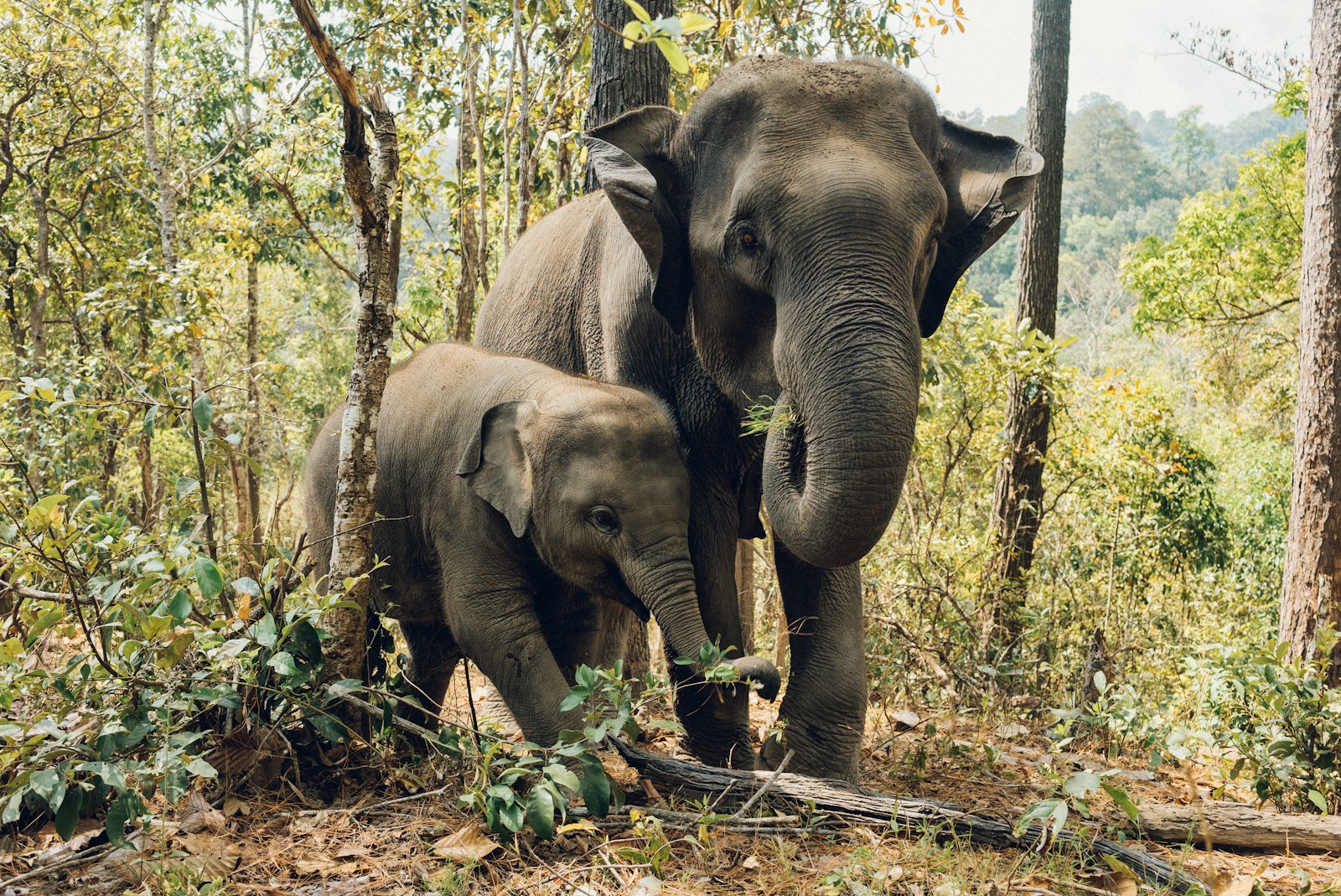Key Takeaways:
– Researchers have developed an index inspired by human childhood trauma studies to assess adverse impacts on wild animals.
– The study of yellow-bellied marmots showed that even one adverse event before age two significantly reduced their survival chances.
– This research aids in identifying high-risk wildlife populations and leads to enhanced conservation strategies.
The impact of trauma during early life stages on a creature’s well-being is a well-researched subject in human psychology. However, it’s important to note that the concept of adversity isn’t peculiar to humans alone. Domesticated animals, like rescue dogs, whose behavioral traits often mirror past abuse or neglect, and even wildlife, routinely experience adversity. The effects of these negative experiences can linger throughout their life.
Understanding Adversity in Animals
Behavioral ecologists have been exploring how early adverse experiences impact animal behavior, including their decision-making processes and interaction with their environment. The goal is to comprehend how these experiences impact their survival in the wild.
Studies show early life experiences shape an individual’s development. However, less is understood about how multiple instances of adversity or stress accumulate within the body to affect an animal’s overall well-being.
Wild populations are subjected to a variety of stressors – the struggle for sustenance, the danger of predation, illnesses, harsh weather, and human-induced factors like chemical, light and sound pollution, and habitat destruction. As biodiversity decreases globally, it’s increasingly crucial to comprehend how animals cope with and are affected by these stressors to craft better conservation strategies.
The Cumulative Adversity Index
Researchers have used the psychological model of adverse childhood experiences in humans to create a similar adversity index for wildlife. This score tallies all the adverse events a creature experienced during early life into one cumulative score, predicting potential health risks and identifying at-risk individuals.
The question researchers wanted to answer was, could this scoring system be applied to wild animals to anticipate survival outcomes and recognize high-risk populations? To answer this, they embarked on a study using yellow-bellied marmots, a large ground squirrel closely related to groundhogs.
Case Study: Yellow-Bellied Marmots
Yellow-bellied marmots made for an ideal test population due to their diurnal habits and the fact that they reside in colonies of burrows found in well-defined geographical areas. Over the generations, researchers gathered extensive data regarding the life experiences of individual marmots.
Various sources of adversity were considered in their model, ranging from ecological aspects such as a late spring or high predator presence to parental factors like being born late or losing the mother. Marmots born in large litters or with numerous male siblings also contributed to stress.
The research indicated that even one adversity event before the age of two drastically reduced a marmot’s chances of survival. This holds true irrespective of the type of adversity experienced.
Long-lasting Consequences and Management Strategies
The findings of this study align with other similar research conducted on wild primates and hyenas. The prevailing objective is to broaden this approach so it can be extended to other species.
Understanding how animals cope with multiple stressors can guide conservation strategies. An adversity index can assist in identifying populations at risk and demand immediate conservation action. Simultaneously, the index approach can shift the focus from tackling a single large stressor to reducing the total number of stressors a species is exposed to.
Now, imagine if a wildlife manager couldn’t address new stressors caused by changing weather patterns due to global warming. Other methods could be explored – such as reducing human-animal interactions during key times of the year or providing extra food to replace what is lost due to harsh weather.
While the cumulative adversity index is still in its nascent stage, it holds great promise for the future. By helping ask the right questions about how animals navigate stress in the wild, it can potentially reshape our understanding and approach to wildlife conservation.
